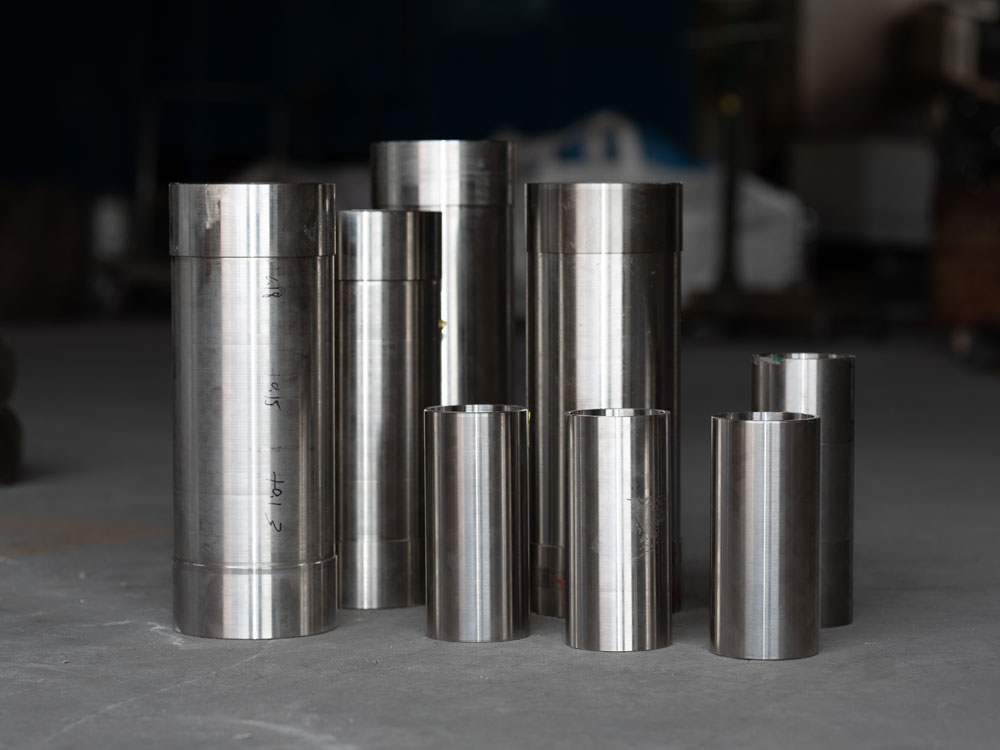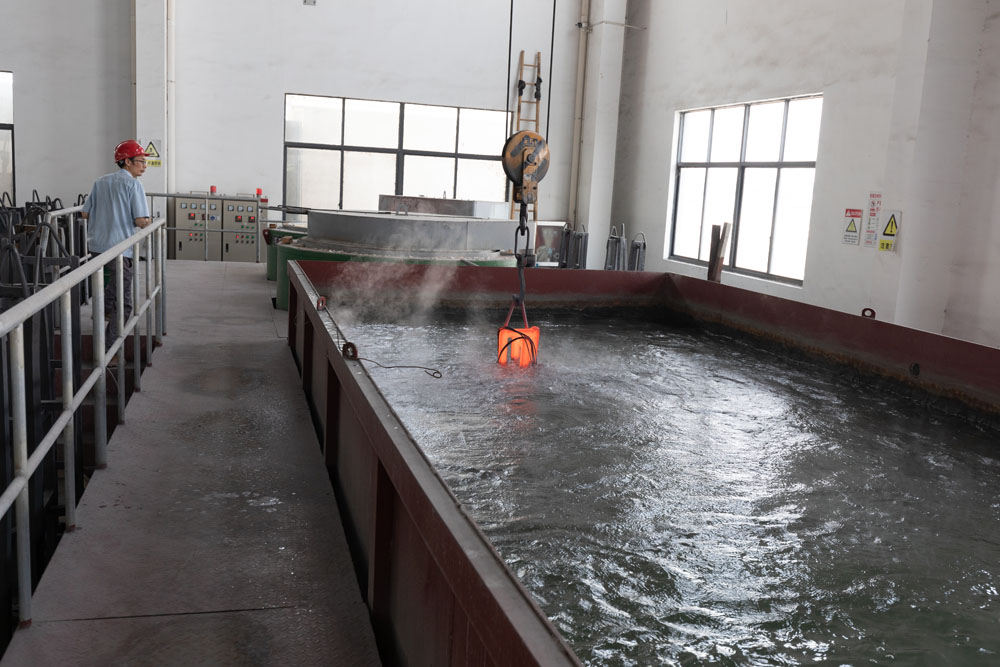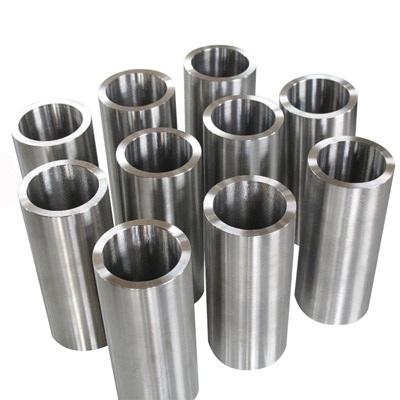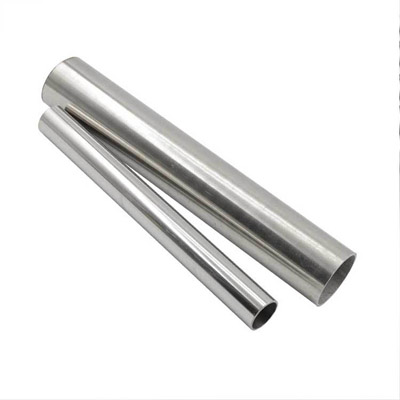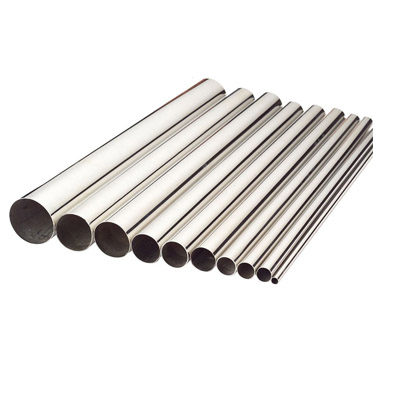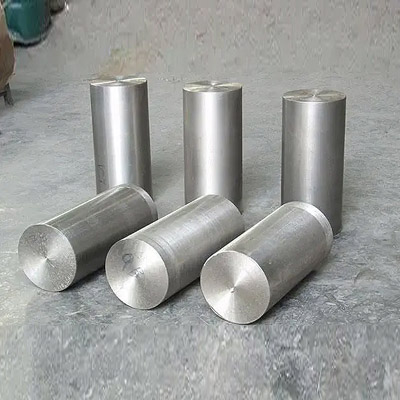The difference between heat treatment and annealing
Heat treatment and annealing are the two most commonly used metalworking methods in manufacturing today. Both processes involve heating the metal to a specific temperature, but each has its own unique applications. So what's the difference between heat treatment and annealing? Let's break it down.
Heat treatment
Heat treatment involves heating a metal to a specific temperature for a predetermined period of time and then cooling it at a controlled rate. This process is usually performed to increase the hardness of the metal, making it more durable and resistant to wear and tear. Heat treatment can also be used to change the shape or structure of certain metals, increase their strength or make them easier to work with. One of the most common heat treatments is tempering, which is used in steel products such as swords or knives to make them harder without sacrificing too much ductility or flexibility.
Anneal
Annealing is similar to heat treatment in that it involves heating the metal above the recrystallization temperature and then cooling it slowly to form the desired grain size and shape. Unlike heat treatment, however, annealing does not involve any post-cooling treatment, such as quenching or tempering, but rather only heating and cooling at a controlled rate until the desired properties are obtained. Annealing is commonly used on metals such as aluminum or copper alloys to improve their ductility and formability, allowing them to be easily machined into different shapes without cracking or breaking. It can also be used on steel to reduce brittleness and improve toughness after welding operations.
The difference between heat treatment and annealing
Heat treatment is the process of changing the physical (and sometimes chemical) properties of a material.
Annealing is a heat treatment process used to increase the ductility and brittleness of metals.
Heat treatment can be used to change the microstructure of a material to make it harder or softer.
Annealing is often used to relieve stress on cold-worked metals.
Heat treatment can be used to improve the machinability of the material.
Conclusion:
Heat treatment and annealing are two very common metalworking methods that both involve the use of heat, but their purposes are quite different. Heat treatment is usually performed to increase hardness, while annealing is more focused on increasing ductility and formability while reducing brittleness after the welding operation. Both processes should be carefully considered when attempting any type of metalworking project so that you can get the best results with the least effort!



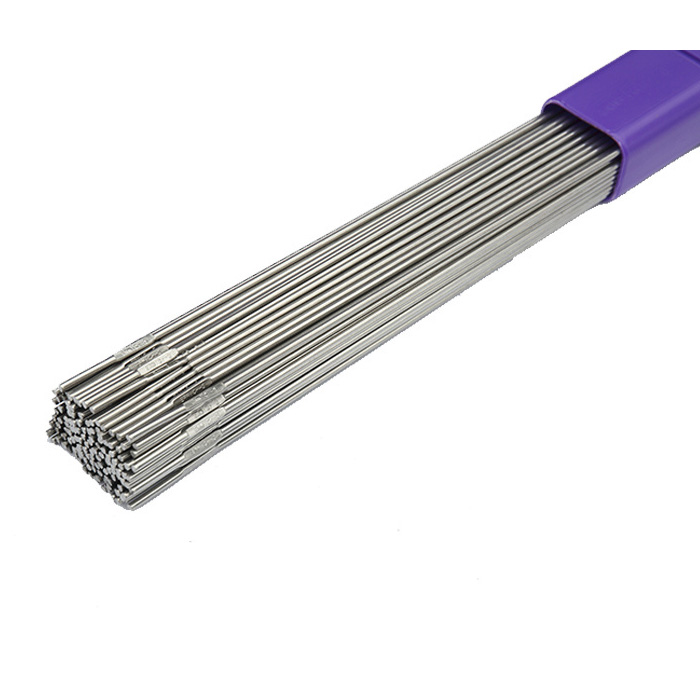 Inconel 625
Inconel 625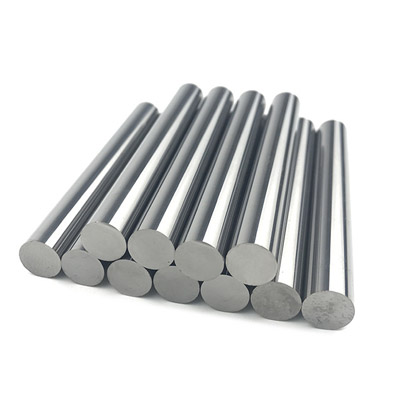 Inconel 718
Inconel 718 Inconel 725
Inconel 725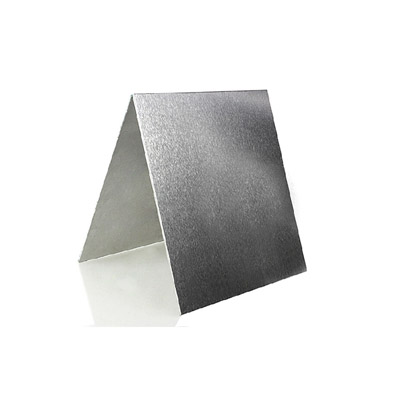 Inconel X-750
Inconel X-750 Inconel 690
Inconel 690 Inconel 617
Inconel 617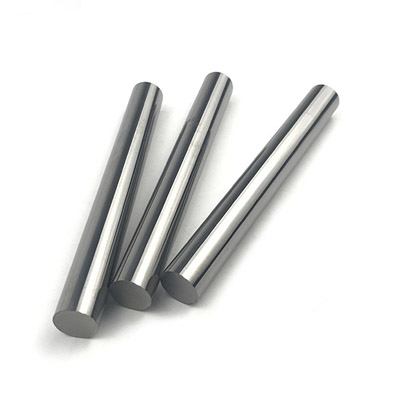 Inconel 601
Inconel 601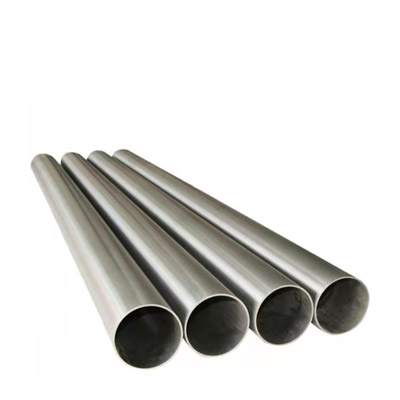 Inconel 600
Inconel 600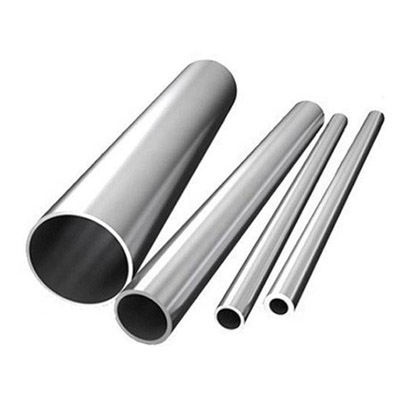 Inconel 686
Inconel 686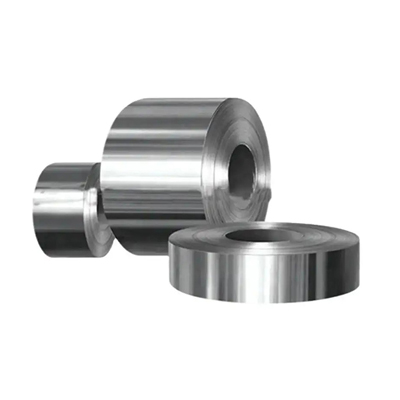 Inconel 602CA
Inconel 602CA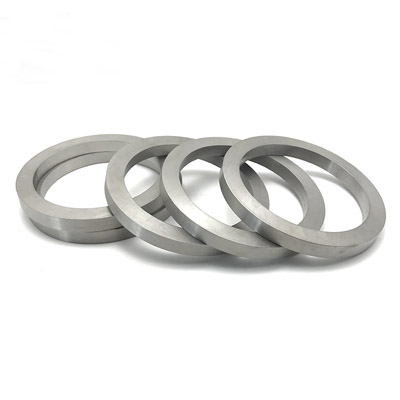 Incoloy A-286
Incoloy A-286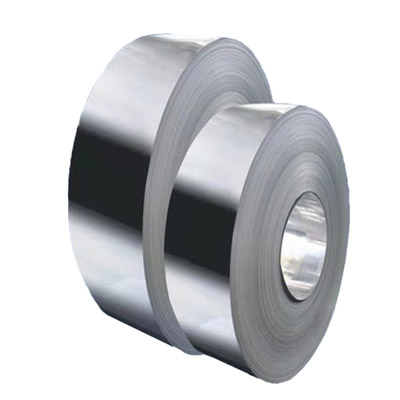 Incoloy 825
Incoloy 825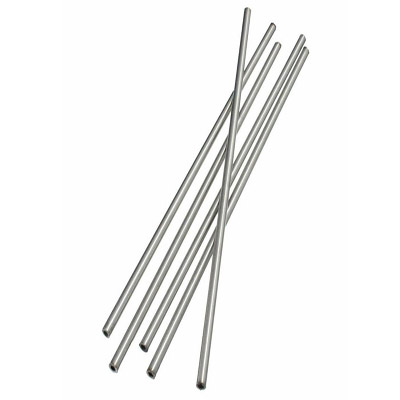 Incoloy 925
Incoloy 925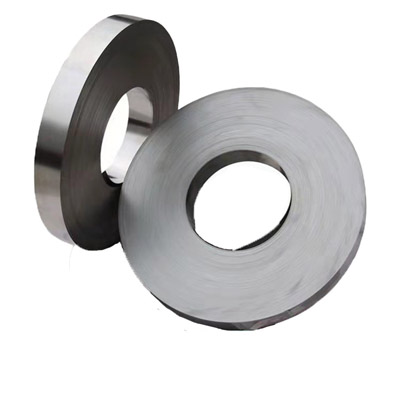 Incoloy 926
Incoloy 926 Incoloy 800
Incoloy 800 Incoloy 800H
Incoloy 800H Incoloy 800HT
Incoloy 800HT Incoloy 909
Incoloy 909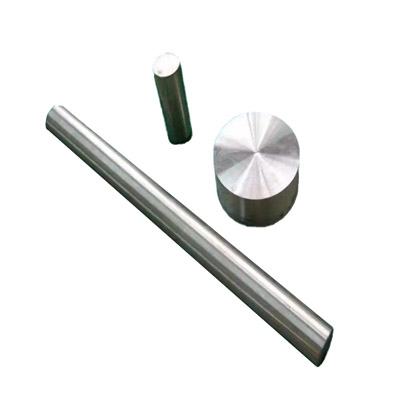 Incoloy 31
Incoloy 31 Incoloy 901
Incoloy 901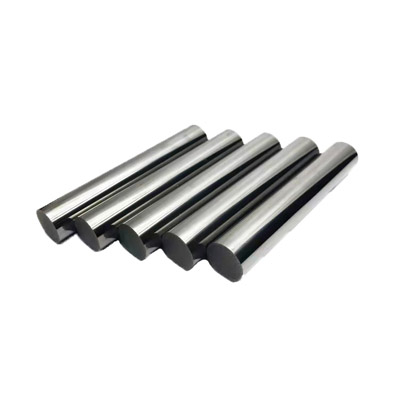 Monel K-500
Monel K-500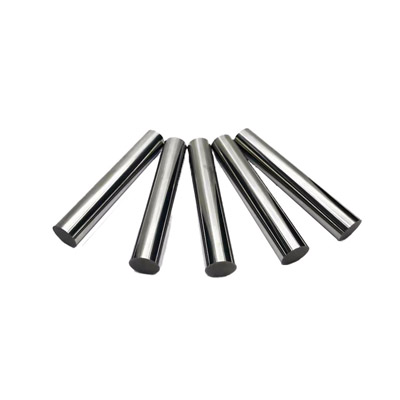 Monel 400
Monel 400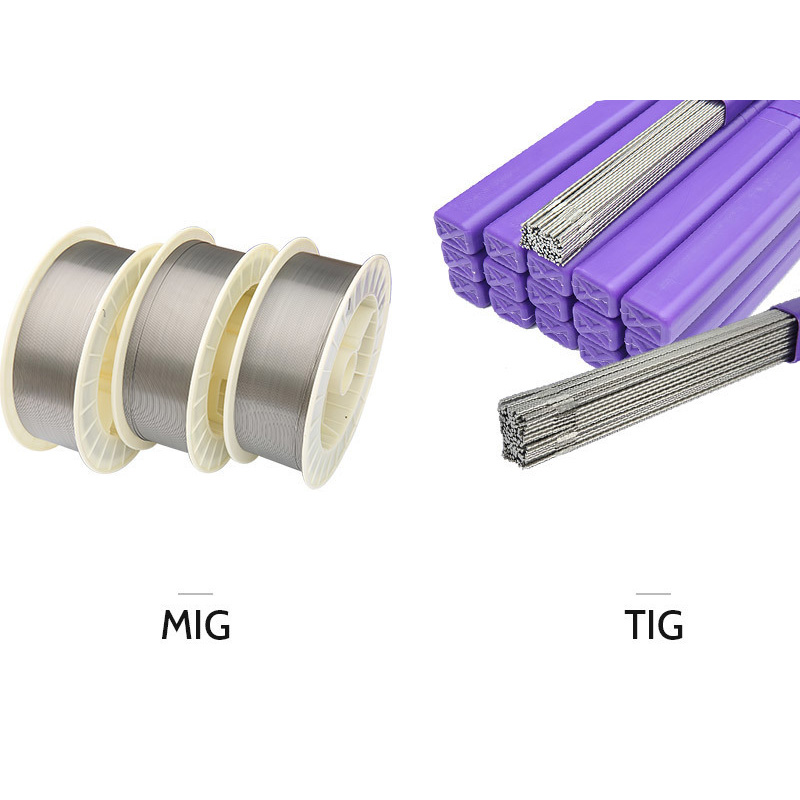 Nimonic 263
Nimonic 263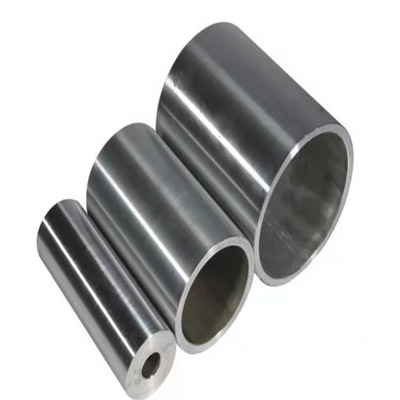 Nimonic 75
Nimonic 75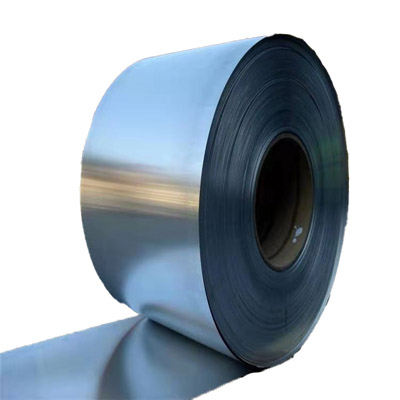 Nimonic 80A
Nimonic 80A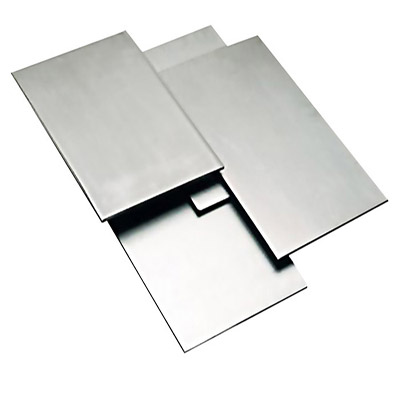 Nimonic 90
Nimonic 90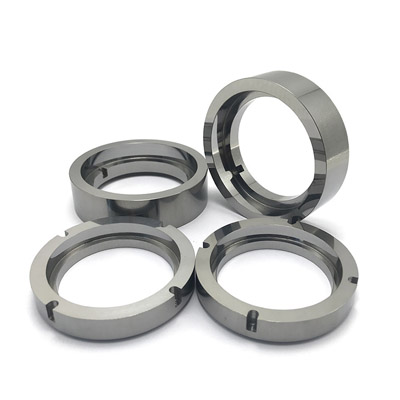 Nimonic PE11
Nimonic PE11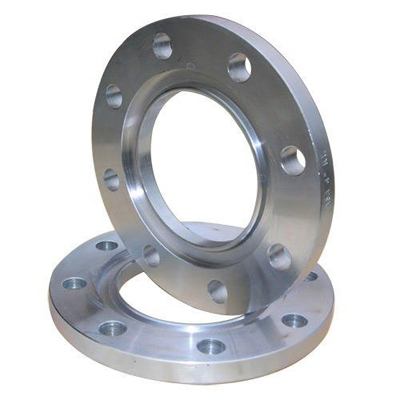 Nimonic PE16
Nimonic PE16 Nimonic PK33
Nimonic PK33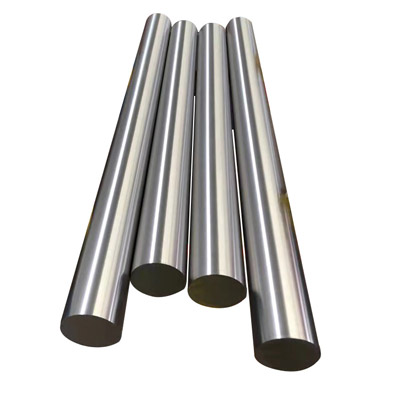 Nimonic 901
Nimonic 901 Nimonic 81
Nimonic 81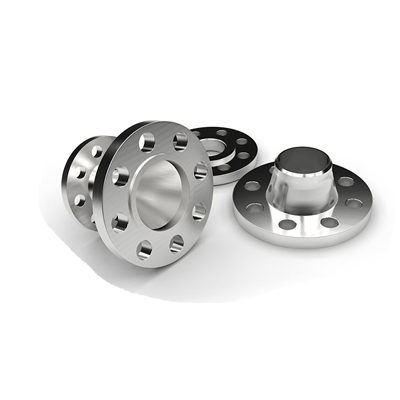 Nimonic 86
Nimonic 86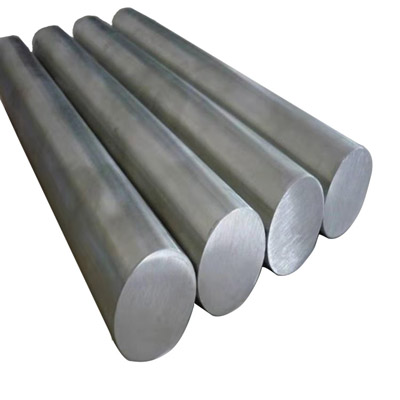 Nimonic 105
Nimonic 105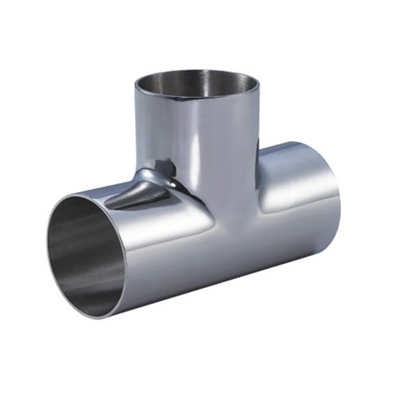 Nimonic 115
Nimonic 115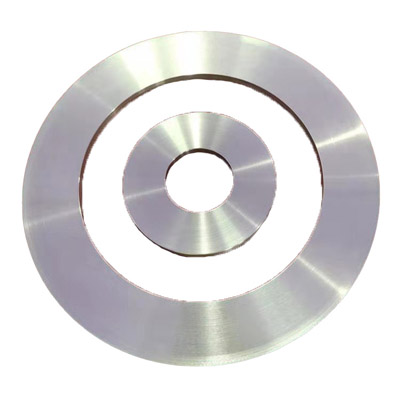 Hastelloy C-276
Hastelloy C-276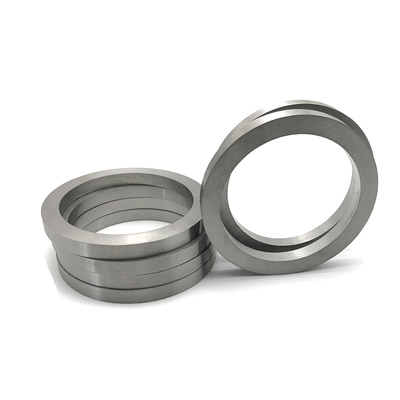 Hastelloy C
Hastelloy C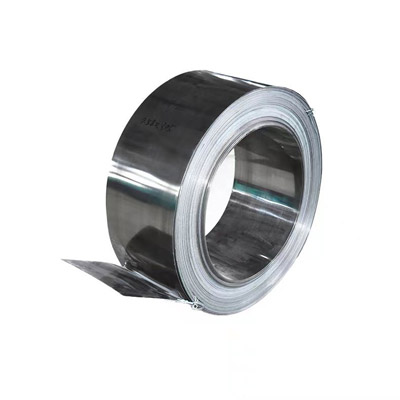 Hastelloy C4
Hastelloy C4 Hastelloy C-22
Hastelloy C-22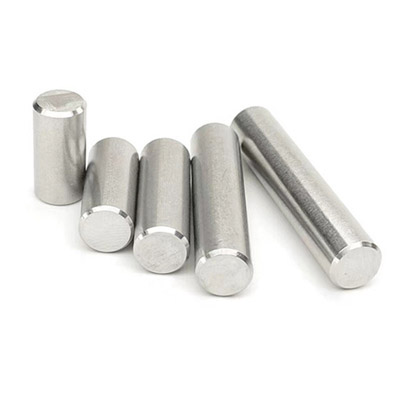 Hastelloy C-2000
Hastelloy C-2000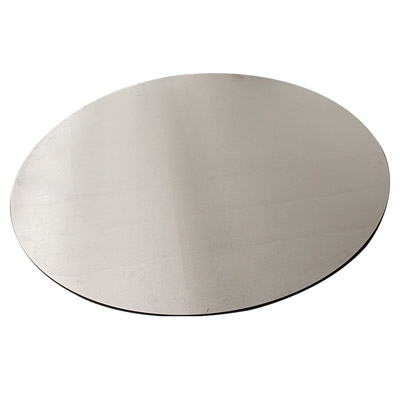 Hastelloy B-2
Hastelloy B-2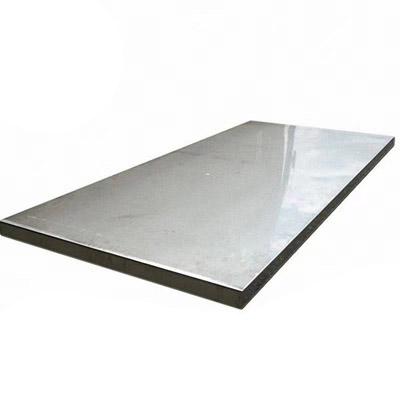 Hastelloy B-3
Hastelloy B-3 Hastelloy G30
Hastelloy G30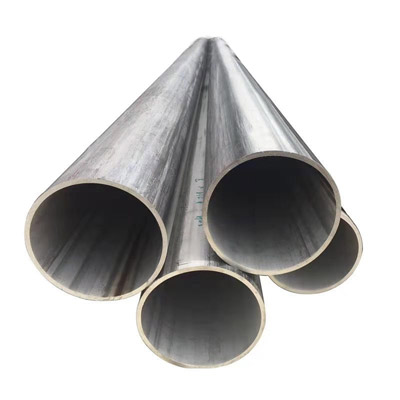 Hastelloy X
Hastelloy X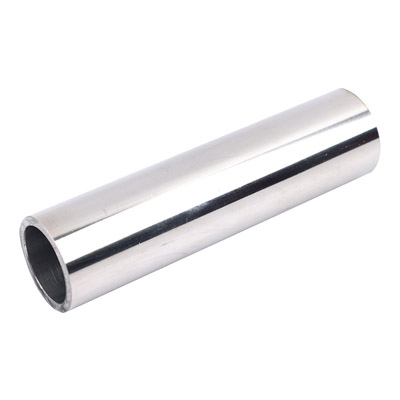 Super Invar 32-5(4J32)
Super Invar 32-5(4J32)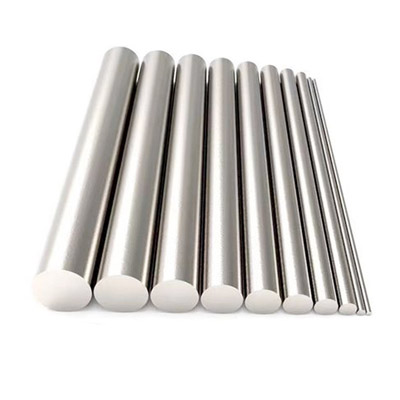 Alloy 36(4J36)
Alloy 36(4J36)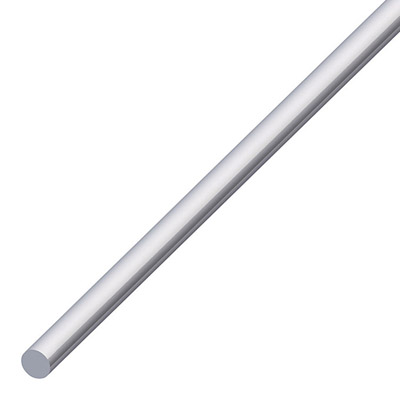 Alloy 42(4J42)
Alloy 42(4J42) Alloy 50(1J50)
Alloy 50(1J50) Hiperco 50(1J22)
Hiperco 50(1J22)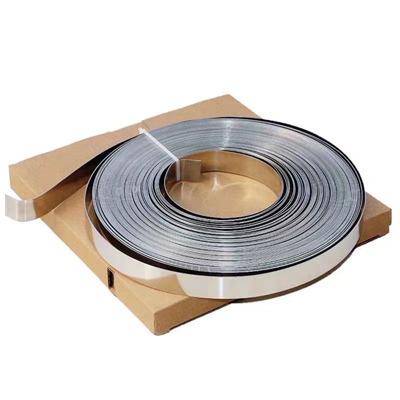 Alloy 46
Alloy 46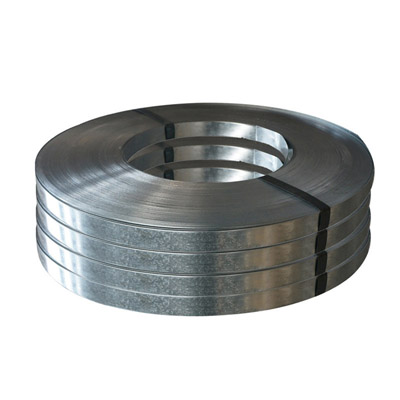 Permalloy (1J79)
Permalloy (1J79) Supermalloy(1J85)
Supermalloy(1J85)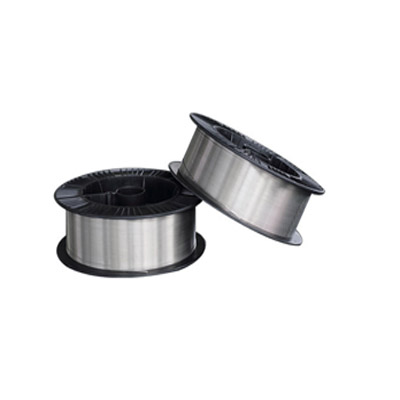 ERNiCrMo-2
ERNiCrMo-2 ERNiCrMo-3
ERNiCrMo-3 ERNiCrMo-4
ERNiCrMo-4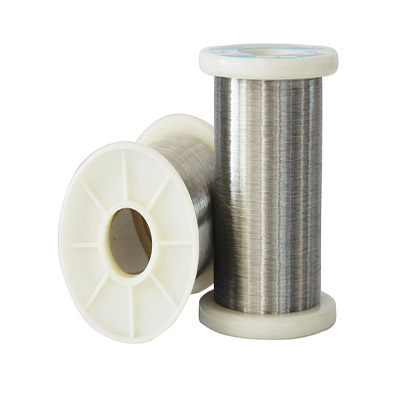 ERNiCrFe-7
ERNiCrFe-7 ERNiCrFe-7A
ERNiCrFe-7A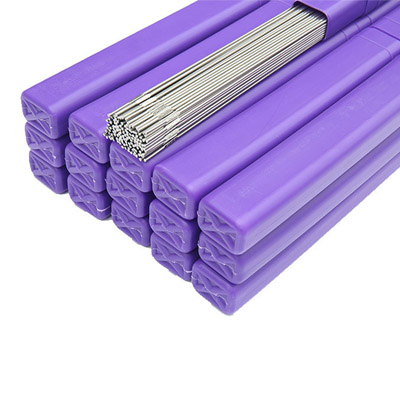 ERNiCrMo-10
ERNiCrMo-10 ERNiCrCoMo-1
ERNiCrCoMo-1 ERNiFeCr-2
ERNiFeCr-2 ERNiFeCr-1
ERNiFeCr-1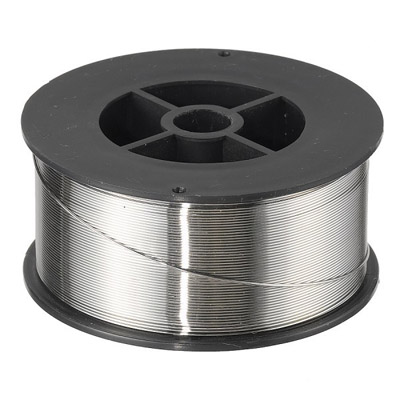 ERNiMo-8
ERNiMo-8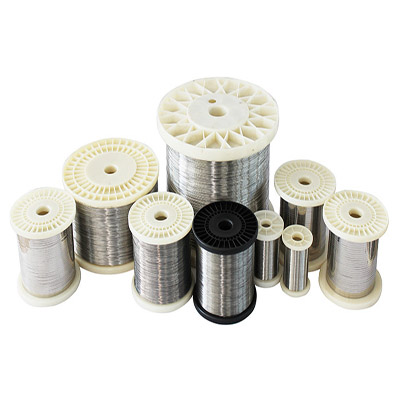 ERNiCrMo-13
ERNiCrMo-13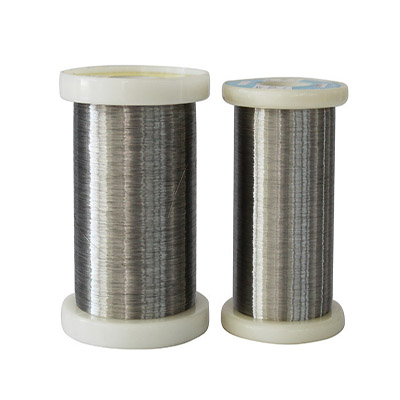 ERNiCr-4
ERNiCr-4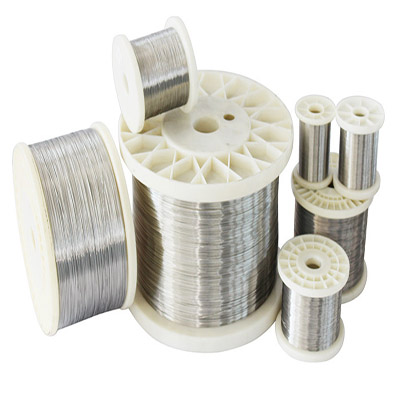 ERNiCr-3
ERNiCr-3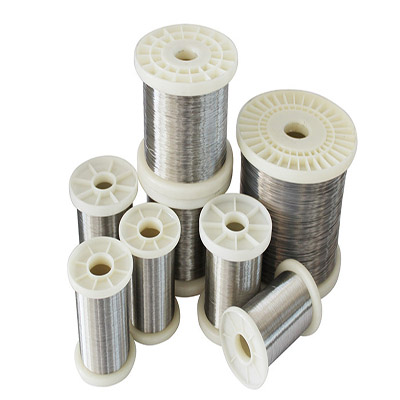 ERNi-1
ERNi-1 Haynes-25
Haynes-25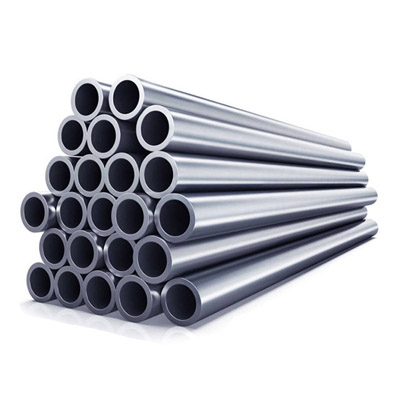 Hayness-188
Hayness-188 MP35N
MP35N Refractory 26
Refractory 26 Waspaloy alloy
Waspaloy alloy 17-4PH
17-4PH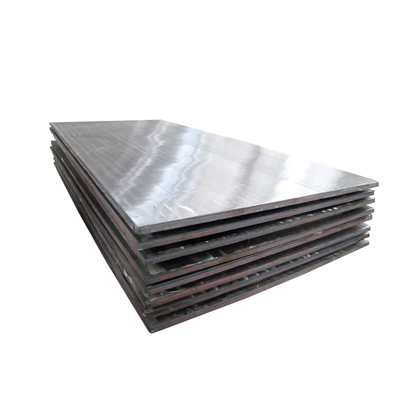 17-7PH
17-7PH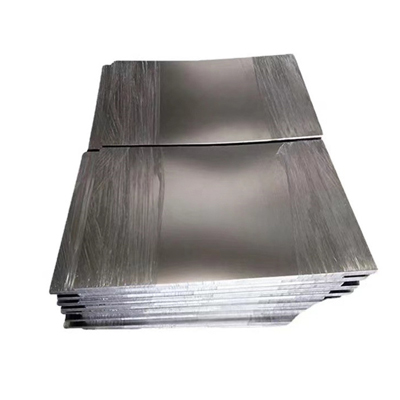 904L
904L Nitronic 50
Nitronic 50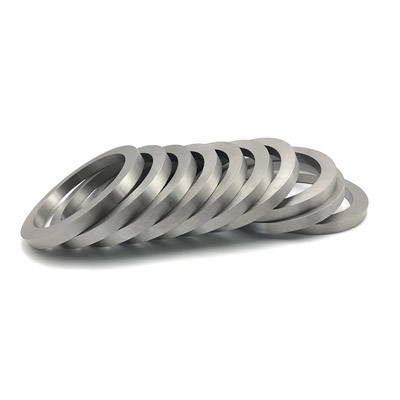 Nitronic 60
Nitronic 60 AL-6XN
AL-6XN F55
F55 PH 13-8
PH 13-8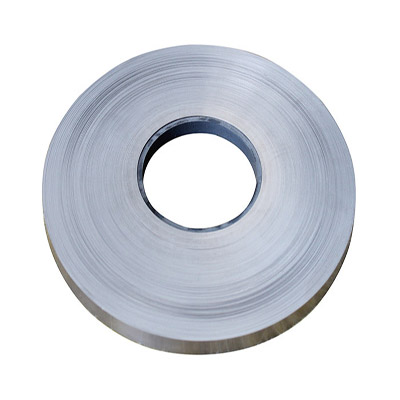 Haynes-230
Haynes-230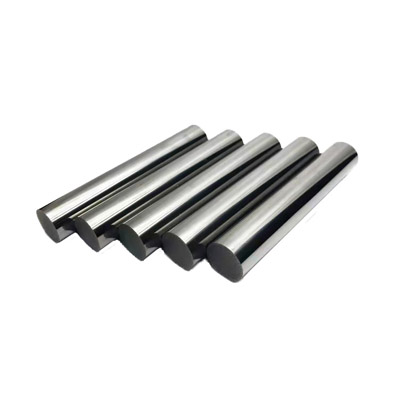 Nickel 200
Nickel 200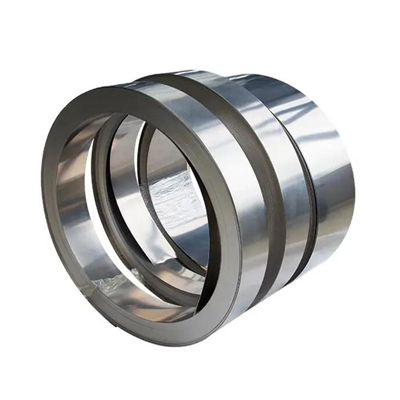 Cr20Ni80
Cr20Ni80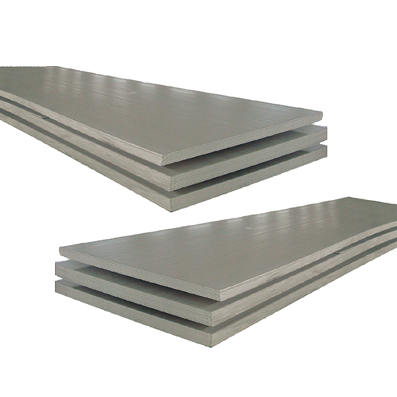 Sheet & Plate
Sheet & Plate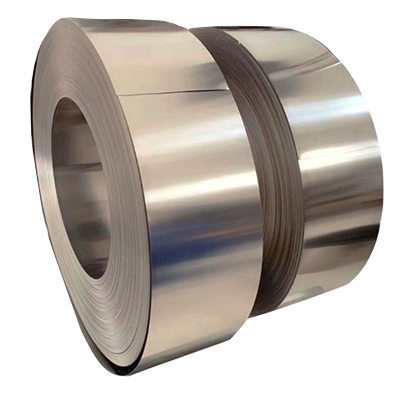 Strip & Foil
Strip & Foil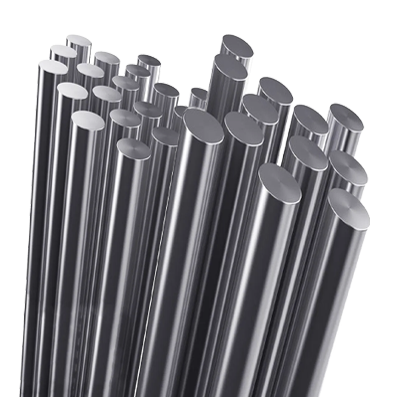 Bar & Rod
Bar & Rod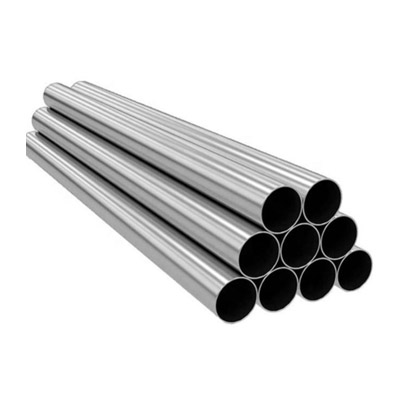 Pipe & Tube
Pipe & Tube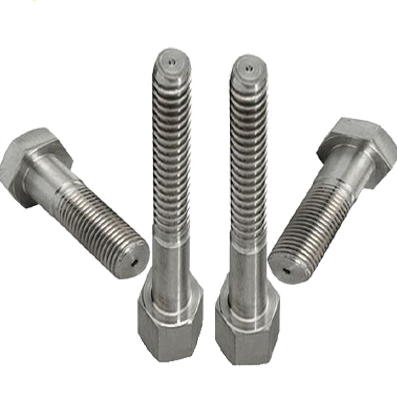 Bolts & Fasteners
Bolts & Fasteners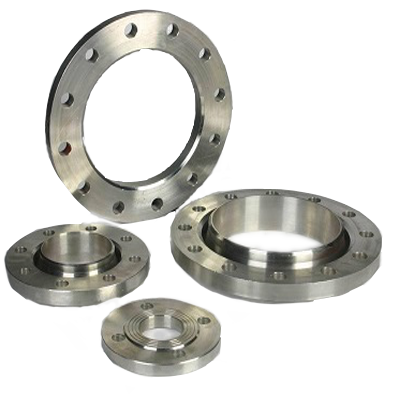 Flange & Ring
Flange & Ring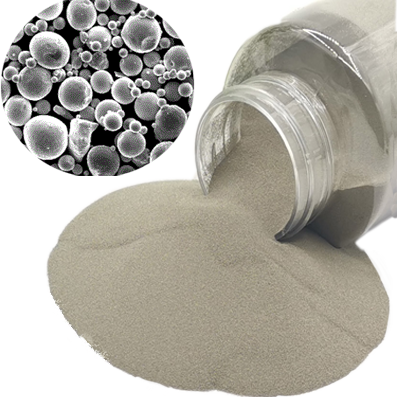 Nickel Alloy Powder
Nickel Alloy Powder
